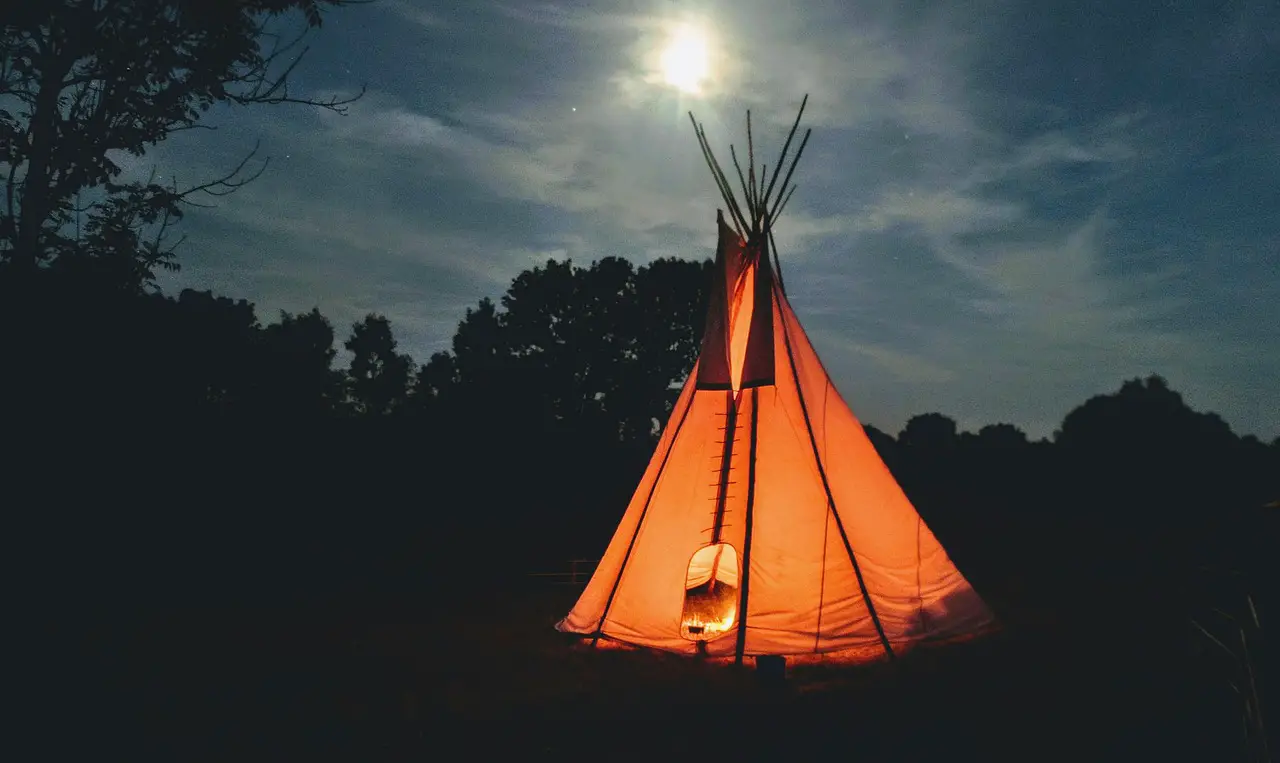The Hidden Worlds of the Amazon
The Amazon rainforest 🌳 is home to some of the last uncontacted indigenous communities on Earth. These peoples live in voluntary isolation, preserving unique cultures, languages, and traditions largely unknown to the outside world. Their habitats are increasingly threatened by deforestation, mining, and agriculture.
This article dives into the hidden worlds of the lesser-known indigenous tribes of the Amazon, exploring their fascinating cultures, histories, and the challenges they face.
1. The Mashco-Piro: Peru’s Largest Uncontacted People
The Mashco-Piro, with around 750 members, are likely the largest uncontacted people in the world.
- Region: Peruvian Amazon
- Lifestyle: Nomadic hunter-gatherers
- Special Features: Deliberately avoid contact; language and culture barely documented
- Threats: Illegal logging and oil drilling
2. The Uru-Eu-Wau-Wau: Guardians of the Brazilian Rainforest 🌿
- Region: Rondônia, Brazil (1.867 million hectares)
- Population: About 250 people, subgroups Jupaú, Amondawa, Uru
- Special Features: Distinctive mouth tattoos, hunting with tree-bark poison
- Threats: Illegal logging, gold mining, diseases after first contact in 1981
3. The Huni Kuin (Kaxinawá): Keepers of Traditional Graphics
- Region: Brazil and Peru, territories Alto Rio Purus, Kaxinawá do Rio Humaitá, Katukina Kaxinawá
- Meaning of Name: “Real People”
- Cultural Highlights:
- Traditional “Kene” graphics
- Body painting, weaving, ceramics
- Shamanic rituals with Ayahuasca
- Special Feature: Graphics are created exclusively by women
4. The Munduruku: The Warrior People of the Tapajós 🌟
- Region: Tapajós River Basin, Brazil
- Historical Highlights:
- Feared warriors, headhunting for trophies
- Name means “red ants”
- Current Culture:
- Rich repertoire of traditional songs
- Cosmology: call the Milky Way “Kabikodepu”
5. The Ikolen (Gavião): Falcons of the Rainforest
- Region: Indigenous territory Igarapé Lourdes, Brazil
- Population: About 900 people in six villages
- Meaning of Name: “Falcon”
- Cultural Features: Mythology, creation stories, nature as the work of the demigod Gora’
6. The Puyanawa: Survivors of the Rubber Boom
- Region: Acre, Brazil (24,499 hectares)
- Population: About 660 people
- History: Severely impacted by rubber industry, forced labor, diseases
- Today: Fighting for the preservation of culture, land rights, and traditions
7. The Kanoê: A People on the Brink of Extinction
- Region: Rondônia, Brazil
- Population: Few dozen
- Special Features: Complex burial rituals, basketry, and ceramics
- Threats: Deforestation, cattle ranching, fragmented traditional lands
8. The Awa Guajá: The Last Nomadic Hunter-Gatherers
- Region: Maranhão, Brazil
- Lifestyle: Hunting with bow and arrow, gathering wild fruits, temporary shelters
- Threats: Massive illegal deforestation
9. The Korubo: The Club-Wielding People
- Region: Javari Valley, Brazil
- Special Features: War clubs, aggressive toward outsiders due to historical experiences
- Lifestyle: Large communal houses, subsistence economy (hunting, fishing, gathering)
- Contact with the Outside World: Minimal; actively resist intruders
10. The Yanomami-Isolados: Hidden in the Mountains
- Region: Brazil-Venezuela border
- Lifestyle: Shamanism, complex cosmovision
- Threats: Illegal gold miners, diseases, environmental pollution
Importance for Global Biodiversity and Culture
- Guardians of unique cultures and languages
- Protecting biodiversity: Indigenous territories are key barriers against deforestation
- Traditional ecological knowledge: Valuable insights into sustainable living
Threats and Challenges
- Deforestation and land grabbing: Illegal logging, mining, agriculture
- Diseases: No immunity to flu, measles, etc.
- Political pressure: Economic interests often prioritized over indigenous rights
- Climate change: Alters traditional lifestyle and food sources
How You Can Help
- Support organizations: NGOs like Survival International 🌍 or WWF
- Raise awareness: Share this article
- Promote sustainable consumption: Avoid products that contribute to Amazon deforestation
- Practice respectful tourism: Choose providers that respect indigenous rights
Conclusion: A Journey into Hidden Worlds
The lesser-known uncontacted Amazonian tribes are guardians of a unique cultural and ecological heritage. Their survival is closely linked to the protection of the rainforest.
- Recognition and protection: Preserve cultural diversity and protect our planet
- Lesson for us: Appreciate the richness of human diversity and the importance of living in harmony with nature
Frequently Asked Questions (FAQ)
- Why do some indigenous peoples avoid contact with the outside world?
They have often experienced diseases, violence, and displacement that decimated their populations. - How many uncontacted peoples are in the Amazon?
Estimates vary, but there are over 100 uncontacted or minimally contacted groups. - What is the greatest threat to these peoples?
Illegal logging, mining, and land grabbing. - Can I visit these communities?
No, their isolation must be respected to prevent disease and cultural disruption. - How can I help protect them?
Support NGOs and spread awareness about their situation.
For more details on these communities and their territories, you can consult sources from WWF and Survival International.

